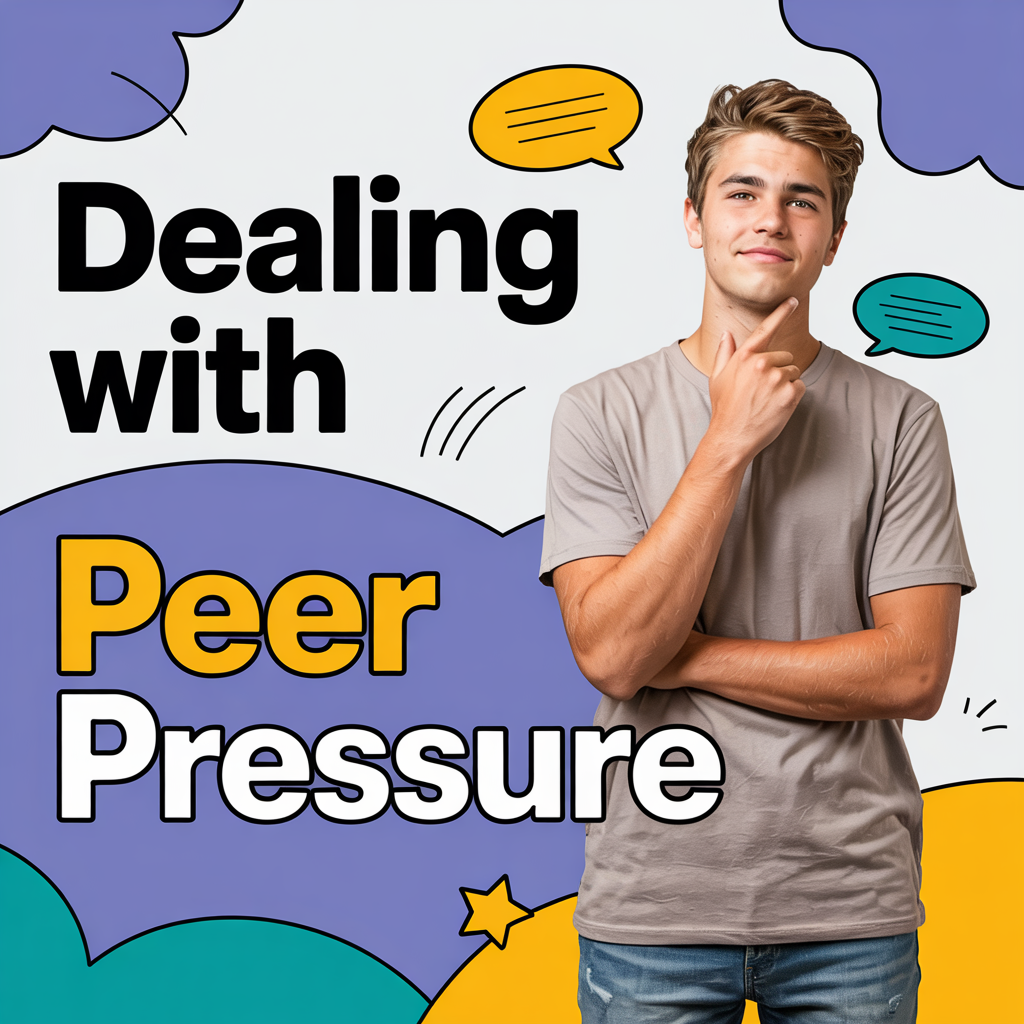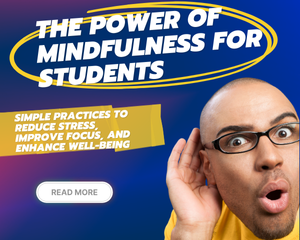Dealing with Peer Pressure: Saying “No,” Setting Boundaries, and Staying True to Yourself

Peer pressure is a common part of the high school experience. It’s that feeling of wanting to fit in, be accepted, or do what others are doing, even if it doesn’t feel right to you. Dealing with peer pressure can be tough, but it’s a crucial skill to develop. This article will provide guidance on how to say “no,” set boundaries, and stay true to yourself in the face of peer pressure.

Understanding Peer Pressure: It’s Not Just “Bad”
Peer pressure often gets a bad rap, but it’s important to understand that it’s not always negative.
- Positive Peer Pressure: Peer pressure can sometimes be positive, encouraging you to try new things, get involved in activities, or strive for excellence. Platforms like Cirkled In can help you channel this influence by connecting with peers who motivate and inspire you.
- Negative Peer Pressure: Negative peer pressure, on the other hand, can lead you to engage in unhealthy behaviors, make poor choices, or compromise your values to fit in.
- Social Influence: Peer pressure is a form of social influence. It’s the impact that your peers can have on your attitudes, beliefs, and behaviors.
- Developmental Stage: Peer pressure is particularly common during adolescence, as teenagers are navigating social relationships and seeking acceptance from their peers.
Recognizing Peer Pressure: Subtle Signs to Watch For
Peer pressure isn’t always obvious. It can be subtle and take many forms.
- Verbal Pressure: This includes direct requests, persuasion, teasing, or threats to engage in certain behaviors.
- Nonverbal Pressure: This involves social cues, such as exclusion, disapproval, or the “silent treatment” to pressure you to conform.
- Situational Pressure: This occurs when you feel pressure to fit in or act a certain way in specific social situations or environments.
- Subtle Manipulation: Peer pressure can involve manipulation tactics, such as guilt-tripping, playing on your emotions, or making you feel obligated to comply.
Saying “No” with Confidence: Your Assertiveness Toolkit
Learning to say “no” is a crucial skill for dealing with peer pressure.
- Practice Assertiveness: Assertiveness is the ability to express your needs, opinions, and boundaries clearly and respectfully.
- Use “I” Statements: Express your feelings and needs using “I” statements, such as “I don’t feel comfortable with that” or “I’ve decided not to.”
- Be Direct and Firm: Say “no” clearly and confidently, without wavering or apologizing excessively.
- Offer Alternatives: If appropriate, suggest alternative activities or solutions that align with your values and boundaries.
- Body Language Matters: Maintain confident body language, such as making eye contact, standing tall, and speaking in a clear, steady voice.
Setting Boundaries: Protecting Your Values and Well-being
Setting boundaries is essential for protecting your values, well-being, and sense of self.
- Identify Your Values: Clarify your personal values and beliefs. What’s important to you? What are you not willing to compromise on?
- Prioritize Your Well-being: Recognize that your physical, emotional, and mental health are important. Don’t engage in activities that harm your well-being.
- Set Clear Limits: Determine your limits and boundaries in different situations. What are you comfortable with? What are you not comfortable with?
- Communicate Your Boundaries: Express your boundaries to your peers in a clear and respectful manner. Be assertive in stating what you will and will not accept.
- Be Consistent: Consistently enforce your boundaries. Don’t give in easily or allow others to pressure you into compromising your limits.
Clarify your personal values and beliefs. What’s important to you? What are you not willing to compromise on? Having a clear sense of self also helps in shaping your academic and career journey. Cirkled In can help you track your growth and achievements while staying true to your goals.
Staying True to Yourself: Your North Star in Social Situations
In the face of peer pressure, staying true to yourself is your ultimate guide.
- Self-Awareness: Develop a strong sense of self-awareness. Know your strengths, weaknesses, values, and beliefs.
- Trust Your Instincts: Pay attention to your gut feelings. If something doesn’t feel right, it probably isn’t.
- Don’t Seek Validation: Don’t rely on the approval of others to feel good about yourself. Seek validation from within.
- Surround Yourself with Positive Influences: Choose friends who respect you, support your choices, and encourage you to be yourself.
- Be Willing to Walk Away: If a situation or group makes you feel uncomfortable or pressured, be willing to remove yourself from it.
Action Step
Reflect on your own experiences with peer pressure. Identify strategies that you can use to say “no,” set boundaries, and stay true to yourself. Practice these skills in your daily interactions. Explore Cirkled In’s wellness resources for additional support and guidance.
Final Thought: Stand Strong: How to Deal with Peer Pressure in High School
Peer pressure is a normal part of adolescence, but it doesn’t have to control you. By developing assertiveness skills, setting boundaries, and staying true to yourself, you can navigate social situations with confidence and make choices that align with your values and well-being.
Need more tips on college applications, scholarships, or just how to survive this whole process? Cirkled In has your back—check out Cirkled In resources to help you through every step of your college journey!
Check out Cirkled In and start owning your future today!



0 Comments